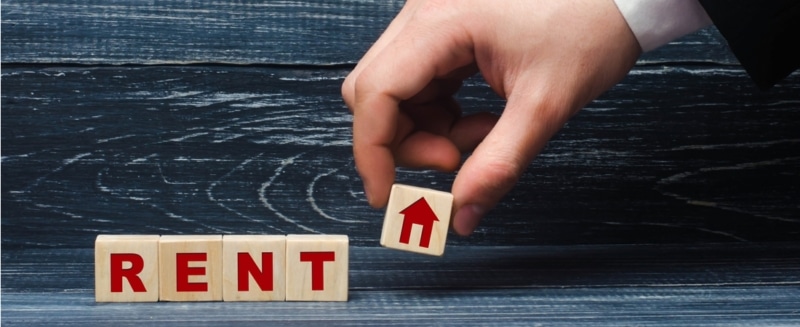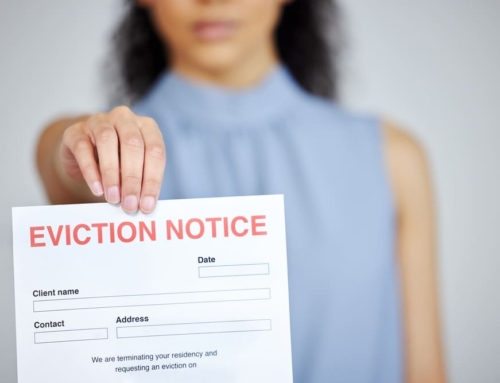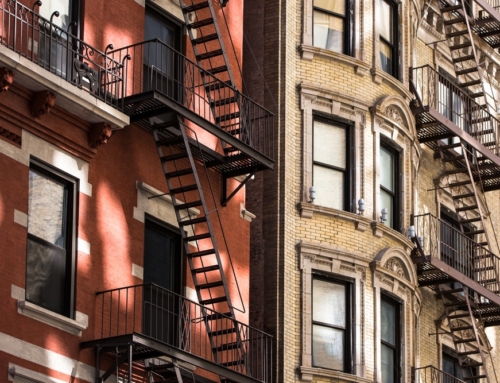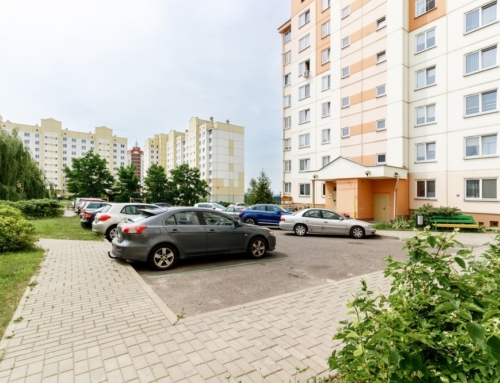Is the U.S. shifting from a nation of homeowners (and aspiring homeowners) to a nation of long-term renters? It may depend on your perspective of homeownership.
Homeownership has been trending down, while renters are snapping up vacant properties. In fact, according to the U.S. Census Bureau, homeownership may be at its lowest rate since the 1960s, sliding from 69 percent at the peak of the housing bubble in 2005 and 2006 down to 65 percent in 2012. Meanwhile, rental vacancies were at 8.6 percent for rental housing and 1.9 percent for homeowner housing in the third quarter of 2012, according to the Bureau.
Most of these shifts are a direct result of the economic downturn and housing bust that began in 2008. As millions of homeowners were hit with foreclosures, the homeownership rate dropped, and so did the rental vacancy rate as those homeowners shifted into renting. Since then, lending standards have tightened, some say perhaps too far, leaving potential homebuyers in the lurch.
But if we are shifting from a nation of homeowners to a nation of renters, it’s not just a demographic shift but also a shift in the American ideology. Owning a home—your own plot of land surrounded by the proverbial white picket fence—has long been part of the American Dream. But the housing crisis may have changed the way Americans look at housing. It’s now seen as shelter—not necessarily an investment.
In a recently released Trulia survey, only 72 percent of consumers said homeownership is part of their personal American Dream. While that’s still the majority of Americans, that number is lower than the 76 percent and 77 percent of consumers who said owning a home was part of their dream in surveys taken in February 2009 and January 2010.
Beyond that, 31 percent of all renters say they want to buy a home in the next two years, according to the survey. However, the dream of homeownership is not dead. When it comes to 18- to 34-year-olds—the age group that is typically moving from renting to purchasing a home—93 percent say they plan to buy a home someday.
But that may be the crux of the issue: When is someday?
New homeowners have a tough battle to face. Assuming they are income secure and have solid jobs and good credit scores, they should be able to take advantage of depressed home prices and low interest rates. But that simply isn’t the reality for most young people who found themselves graduating into one of the most difficult job markets in recent history. Add to that the weight of student loans and other debt, and owning a home seems a little more difficult—if you even believe buying a house is a good idea.
Meanwhile, investors are snapping up properties, especially single-family homes, with the intention of renting them out. These investors do not believe that the idea of a renter nation is a myth; they believe this is the new reality.
Only time will tell, particularly if prices continue to rise and inventory begins to loosen up.
“2013 could be the year that inventory turns around, just as 2012 was the year that prices started recovering,” said Jed Kolko, Trulia’s chief economist. “Homebuyers need inventory to choose from, and with fewer foreclosures on the market, new inventory will come from new construction or homeowners wanting to sell. Rising prices will bring out more sellers, especially if price increases lift them back above water. ”
That could be a good thing, if it happens. So far we are still way behind the kind of inventory and pricing that would be seen in a normal year, but a shift in the right direction might be enough to inspire the kind of hope a renter needs to make the life-changing shift into homeownership.
[amazon_link asins=’1524763438,B071KSQ13C,B00BY2UGZM’ template=’ProductCarousel’ store=’thinkglink-20′ marketplace=’US’ link_id=’a7cfdf21-4321-11e8-a28a-bb06f7ae59c7′]





